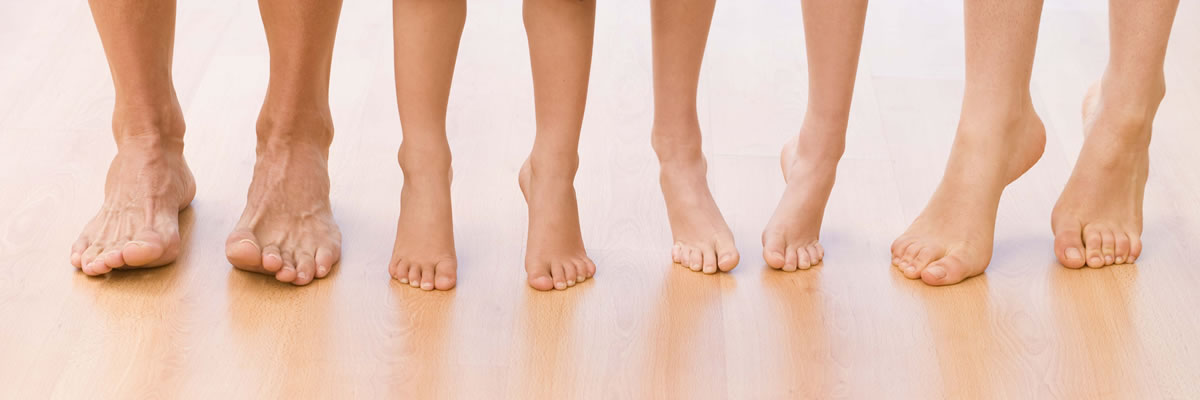Toe Problems
Toe problems can be a big inconvenience and quite painful. These problems are not uncommon and can be a result of wearing too loose or too tight shoes. However, playing sports, running or a blow to the foot damages the toes. Other factors include diseases such as severe arthritis and gout. Some common toe problems are corns and bunions, ingrown toenails, toe joint sprains and dislocations, and fractured toe bones.
While toes are small, and seemingly hidden from view, toe or toenail problems can be a big inconvenience and be quite painful. Toe and toenail problems are not uncommon. Often the result of poor footwear, these conditions can cause pain and difficulty walking or wearing shoes. Learn about different toe and toenail problems, and what treatments are available for these conditions.
Causes
Toe problems are often caused by prolonged wearing of poor fitting shoes which have a narrow, pointed toe box, squeezing the toes into an unnatural position. Problems are also caused by arthritis. Heredity may also play a role. Other factors include bite and sting injuries, broken toe, pinched nerve, stress fractures, tendon rupture, toe sprain, etc. Inflammation of the toes cause the symptoms to be present in several toes, one toe or a small part of a toe.
Symptoms
- Sharp, dull, stabbing, burning or throbbing pain
- Numbness
- Weakness
- Stiffness
- Swelling
- Problem in moving the toes
Diagnosis
During your consultation, Dr. Mussett will ask questions to determine what caused the problem. A physical examination may be performed to evaluate other injuries. The toes are examined at rest, with weight and without weight bearing movement. The foot is also examined to see if there’s any deformity, tender spot or differences in the bones of the foot. In another test, Dr. Mussett holds or moves the foot and ankle against resistance. Lastly, x-ray, MRI or bone scan of the bone is done to determine abnormality of the bone or soft tissue.
Treatment
Non-surgical techniques include switching to properly fitting shoes that don’t compress the toes, orthotics and padding. Severe cases require surgery. The surgical procedures aim to relieve pain and correct deformity. The procedures used are:
- Arthrodesis: Damaged joint surfaces are removed and bones are joined together. Pins are inserted to hold the surfaces together until they heal.
- Arthroplasty: The damaged portion of the joint is removed creating a flexible scar joint. Pins may also be used for this procedure.
Recovery
Dr. Mussett will give instructions to follow for the first few weeks after surgery. For the next few weeks, the patient is to regularly visit the office to make sure the foot heals properly. After getting discharged, the patient has to wear a special post-operative surgical boot or cast to protect foot. For the first few days, the patient will need to use a walker, cane or crutches. The surgery may carry risk of infection for which Dr. Mussett prescribes antibiotics.

